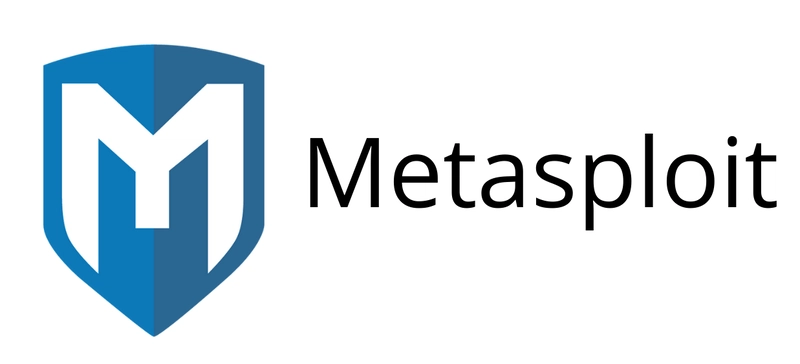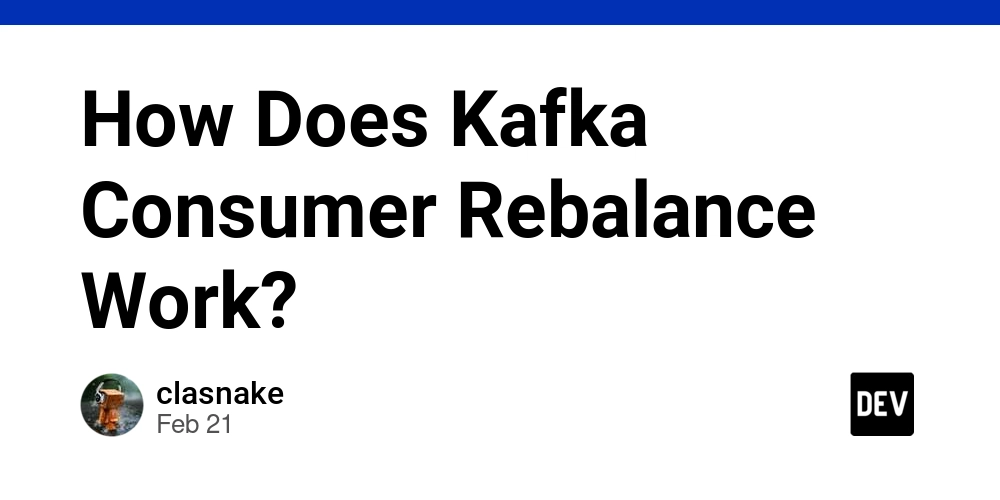Ethical Hacking Essentials: Exploring Metasploit, BeEF, and More
A while back I stumbled upon something called Metasploit on a blog. As I read on, I realized it was something much more fascinating—it was a toolkit that lets you think like an attacker so you can defend effectively. This lead me to explore other similar things, we call them exploit frameworks. What’s an Exploit Framework? Imagine you're a locksmith—but not the ordinary kind. You’re the kind people call to test if their locks are good enough to stop a thief. You don't want to break in; you want to prove that it could be broken into, and then show how to fix it. That’s what exploit frameworks are for. They’re software platforms used by cybersecurity professionals to simulate attacks on a system in a controlled and ethical way. The goal isn’t to cause harm—it’s to uncover vulnerabilities before someone with malicious intent does. These frameworks bundle tools to: Scan for known vulnerabilities Launch test exploits Deploy payloads (actions after exploitation) Assess what damage could be done Generate reports that help teams fix the flaws It’s ethical hacking, and these tools are the scalpel in the hands of a white-hat surgeon. Metasploit Metasploit is open-source, robust, and actively maintained by Rapid7. It houses a huge library of known vulnerabilities, along with ready-to-use exploits and payloads. It's the go-to framework for penetration testers across the world, and chances are, if someone says they’re “learning ethical hacking,” they’re probably starting with Metasploit. What makes it special is how modular it is. You can pick your target, select an exploit, choose a payload (like reverse shell access), and see how the system responds. All in a matter of minutes. Canvas Canvas is a commercial exploit framework that’s focused on reliability and quality. Unlike Metasploit, it’s not open-source and doesn’t aim for sheer volume. Instead, it provides a carefully curated list of tested, stable exploits—many of which are zero-days or harder to find in the wild. Canvas is popular among professional penetration testers and enterprise red teams. It’s less about experimenting and more about results. Core Impact: Enterprise-Grade Pen Testing Core Impact is another commercial platform that extends far beyond just launching exploits. It includes modules for phishing simulations, client-side attacks, lateral movement inside networks, and even automated testing workflows. It’s used heavily in regulated industries where audit trails and detailed reporting are a must. This tool isn’t just for researchers—it’s for organizations that need a full security validation suite with clear documentation and measurable results. BeEF: Targeting the Browser Now let’s flip the perspective. What if your target isn’t the backend server, but the browser your users are running? BeEF, short for Browser Exploitation Framework. Unlike the others, BeEF doesn’t try to punch into firewalls or breach servers. It focuses entirely on the client side—particularly modern web browsers. With BeEF, you can simulate how a browser might be tricked into running malicious scripts via vulnerabilities like Cross-Site Scripting (XSS). Once hooked, you can demonstrate just how dangerous seemingly small client-side flaws can be—like stealing cookies, hijacking sessions, or even accessing webcams. It’s a wake-up call for web developers who assume that if their backend is safe, everything’s fine. Resources to Explore Metasploit Unleashed BeEF GitHub Core Impact OWASP Testing Guide Wrapping up Every tool I just mentioned is powerful. And like any powerful tool, they can be misused. Here’s the golden rule: Never test anything you don’t own or have explicit permission to test. If you're learning, build your own lab. Use intentionally vulnerable apps like: Metasploitable DVWA Hack The Box TryHackMe These platforms are designed for curious minds and budding ethical hackers. If you're a software developer who enjoys exploring different technologies and techniques like this one, check out LiveAPI. It’s a super-convenient tool that lets you generate interactive API docs instantly. So, if you’re working with a codebase that lacks documentation, just use LiveAPI to generate it and save time! You can instantly try it out here!

A while back I stumbled upon something called Metasploit on a blog. As I read on, I realized it was something much more fascinating—it was a toolkit that lets you think like an attacker so you can defend effectively.
This lead me to explore other similar things, we call them exploit frameworks.
What’s an Exploit Framework?
Imagine you're a locksmith—but not the ordinary kind. You’re the kind people call to test if their locks are good enough to stop a thief. You don't want to break in; you want to prove that it could be broken into, and then show how to fix it.
That’s what exploit frameworks are for. They’re software platforms used by cybersecurity professionals to simulate attacks on a system in a controlled and ethical way. The goal isn’t to cause harm—it’s to uncover vulnerabilities before someone with malicious intent does.
These frameworks bundle tools to:
- Scan for known vulnerabilities
- Launch test exploits
- Deploy payloads (actions after exploitation)
- Assess what damage could be done
- Generate reports that help teams fix the flaws
It’s ethical hacking, and these tools are the scalpel in the hands of a white-hat surgeon.
Metasploit
Metasploit is open-source, robust, and actively maintained by Rapid7. It houses a huge library of known vulnerabilities, along with ready-to-use exploits and payloads.
It's the go-to framework for penetration testers across the world, and chances are, if someone says they’re “learning ethical hacking,” they’re probably starting with Metasploit.
What makes it special is how modular it is. You can pick your target, select an exploit, choose a payload (like reverse shell access), and see how the system responds. All in a matter of minutes.
Canvas
Canvas is a commercial exploit framework that’s focused on reliability and quality. Unlike Metasploit, it’s not open-source and doesn’t aim for sheer volume. Instead, it provides a carefully curated list of tested, stable exploits—many of which are zero-days or harder to find in the wild.
Canvas is popular among professional penetration testers and enterprise red teams. It’s less about experimenting and more about results.
Core Impact: Enterprise-Grade Pen Testing
Core Impact is another commercial platform that extends far beyond just launching exploits. It includes modules for phishing simulations, client-side attacks, lateral movement inside networks, and even automated testing workflows. It’s used heavily in regulated industries where audit trails and detailed reporting are a must.
This tool isn’t just for researchers—it’s for organizations that need a full security validation suite with clear documentation and measurable results.
BeEF: Targeting the Browser
Now let’s flip the perspective. What if your target isn’t the backend server, but the browser your users are running?
BeEF, short for Browser Exploitation Framework. Unlike the others, BeEF doesn’t try to punch into firewalls or breach servers. It focuses entirely on the client side—particularly modern web browsers.
With BeEF, you can simulate how a browser might be tricked into running malicious scripts via vulnerabilities like Cross-Site Scripting (XSS). Once hooked, you can demonstrate just how dangerous seemingly small client-side flaws can be—like stealing cookies, hijacking sessions, or even accessing webcams.
It’s a wake-up call for web developers who assume that if their backend is safe, everything’s fine.
Resources to Explore
Wrapping up
Every tool I just mentioned is powerful. And like any powerful tool, they can be misused.
Here’s the golden rule: Never test anything you don’t own or have explicit permission to test.
If you're learning, build your own lab. Use intentionally vulnerable apps like:
These platforms are designed for curious minds and budding ethical hackers.
If you're a software developer who enjoys exploring different technologies and techniques like this one, check out LiveAPI. It’s a super-convenient tool that lets you generate interactive API docs instantly.
So, if you’re working with a codebase that lacks documentation, just use LiveAPI to generate it and save time!
You can instantly try it out here!




























![[Webinar] AI Is Already Inside Your SaaS Stack — Learn How to Prevent the Next Silent Breach](https://blogger.googleusercontent.com/img/b/R29vZ2xl/AVvXsEiOWn65wd33dg2uO99NrtKbpYLfcepwOLidQDMls0HXKlA91k6HURluRA4WXgJRAZldEe1VReMQZyyYt1PgnoAn5JPpILsWlXIzmrBSs_TBoyPwO7hZrWouBg2-O3mdeoeSGY-l9_bsZB7vbpKjTSvG93zNytjxgTaMPqo9iq9Z5pGa05CJOs9uXpwHFT4/s1600/ai-cyber.jpg?#)











































































































































![[The AI Show Episode 144]: ChatGPT’s New Memory, Shopify CEO’s Leaked “AI First” Memo, Google Cloud Next Releases, o3 and o4-mini Coming Soon & Llama 4’s Rocky Launch](https://www.marketingaiinstitute.com/hubfs/ep%20144%20cover.png)





























































































































![[FREE EBOOKS] Machine Learning Hero, AI-Assisted Programming for Web and Machine Learning & Four More Best Selling Titles](https://www.javacodegeeks.com/wp-content/uploads/2012/12/jcg-logo.jpg)








































































![Rogue Company Elite tier list of best characters [April 2025]](https://media.pocketgamer.com/artwork/na-33136-1657102075/rogue-company-ios-android-tier-cover.jpg?#)








































































_Andreas_Prott_Alamy.jpg?width=1280&auto=webp&quality=80&disable=upscale#)





























































































![What’s new in Android’s April 2025 Google System Updates [U: 4/18]](https://i0.wp.com/9to5google.com/wp-content/uploads/sites/4/2025/01/google-play-services-3.jpg?resize=1200%2C628&quality=82&strip=all&ssl=1)










![Apple Watch Series 10 Back On Sale for $299! [Lowest Price Ever]](https://www.iclarified.com/images/news/96657/96657/96657-640.jpg)
![EU Postpones Apple App Store Fines Amid Tariff Negotiations [Report]](https://www.iclarified.com/images/news/97068/97068/97068-640.jpg)
![Apple Slips to Fifth in China's Smartphone Market with 9% Decline [Report]](https://www.iclarified.com/images/news/97065/97065/97065-640.jpg)



































































































































